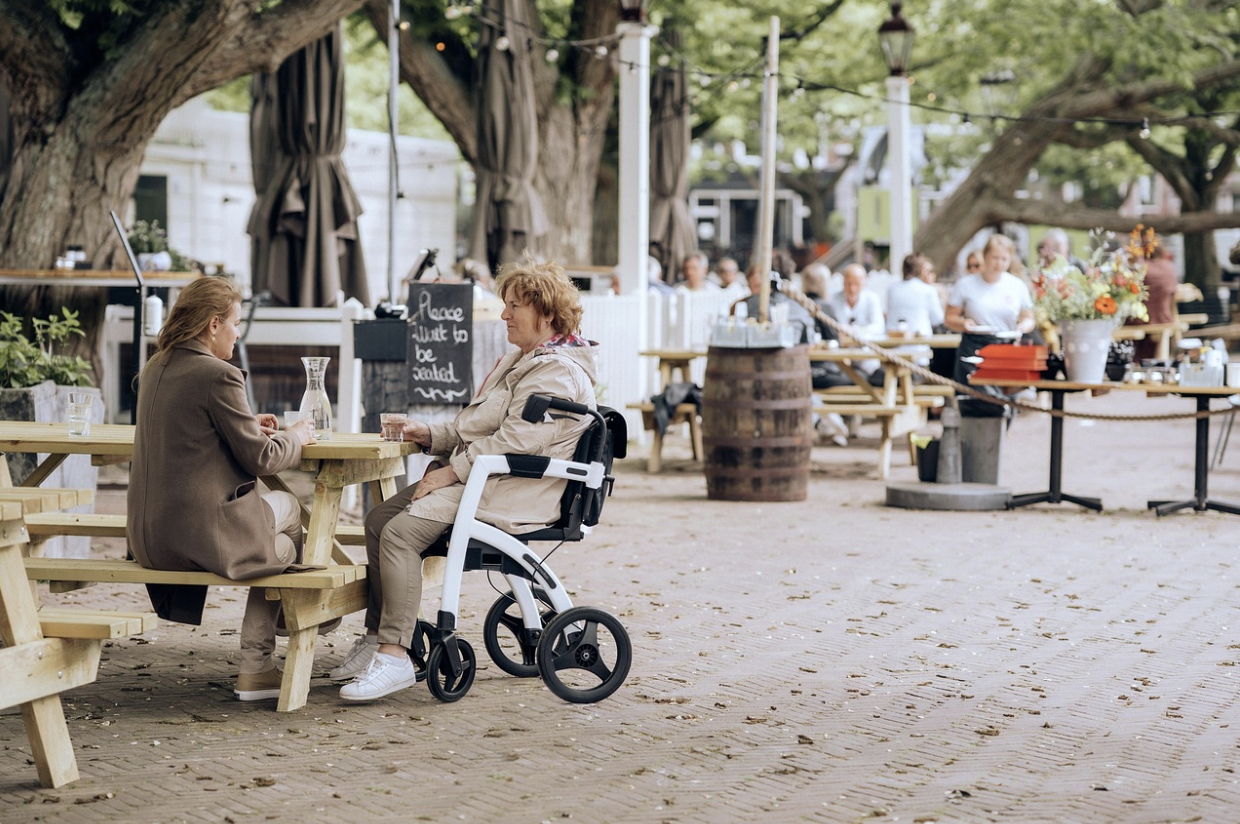The Ultimate Guide to Creating Spaces That Empower People with Disabilities

Creating environments that accommodate people with disabilities is critical for fostering inclusivity and empowerment. This guide explores various aspects involved in designing spaces that meet their needs and inspire independence and ease of access. We will cover different strategies and considerations that aid in building a more accessible world.
Understanding the Importance of Accessibility
Accessibility goes beyond compliance with standards; it enhances quality of life. When spaces are designed with accessibility in mind, they exemplify respect and thoughtfulness for individuals with disabilities.
About 15% of the world's population lives with some form of disability, making it important to focus on their needs. Improving accessibility in public places, workplaces, and private homes promotes inclusivity and diversity.
An accessible work environment enables employees with disabilities to participate fully and perform at their best. Implementing simple design changes can remove barriers that hinder their productivity. Inclusive design fosters a workforce that appreciates individuality and creativity, enhancing problem-solving and innovation.
Home Lifts and Other Things
Integrating home lifts significantly enhances accessibility in multi-story buildings. The team behind https://www.stiltzhealthcare.com/ says that home lifts are an ideal solution that empowers individuals with mobility challenges. These lifts offer convenient, safe, and space-efficient access between levels.
They seamlessly blend into home designs, providing functionality without compromising aesthetics. Besides home lifts, numerous modifications can be made to improve accessibility.
Ramps, wider doorways, and non-slip flooring create safer and more manageable spaces. Thoughtful arrangements of furniture and equipment take into account ease of mobility and functionality. Implementing these features demonstrates a commitment to improving life for individuals with disabilities.
Innovative Design Solutions
Innovative design solutions play a vital role in creating empowering environments for people with disabilities. Features such as adjustable countertops, automatic doors, and tactile guide paths demonstrate how design can facilitate better interactions with space.
Designers increasingly incorporate advanced technology in their plans, aiming to create smarter, more responsive environments. Smart home technology offers tremendous potential.
Voice-controlled systems, remote monitoring, and automated lighting help individuals manage their surroundings with ease. Adapting designs to incorporate such technologies caters to diverse abilities and helps users lead more independent lives.
The most forward-thinking solutions embrace the principle of Universal Design, which moves beyond mere compliance to create spaces and products that are inherently accessible and intuitive for people of all ages and abilities, without the need for adaptation or specialized design.
The integration of biometric sensors and AI can further personalize environments by automatically adjusting room temperature or lighting based on a resident's preferences and physiological signals, reducing the cognitive and physical load required to manage their space.
Embracing Universal Design Principles
Implementing universal design principles in any construction or renovation project benefits all users, not just those with disabilities. Universal design encourages flexibility, simplicity, and intuitive use. This approach advocates designs that cater not only to individuals with disabilities but to everyone, thereby cultivating a mindset that values inclusion across the board.
An example of universal design is the concept of open floor plans. These layouts reduce navigational challenges for wheelchair users and those with visual impairments. Designing spaces with contrasting colors helps individuals with visual impairments to distinguish between different areas. Every design decision can enhance usability and contribute to a more inclusive environment.
Creating Supportive Communities
Empowering individuals with disabilities extends beyond physical spaces. Creating supportive communities fosters social connections and provides resources for individuals and their families. Engaging local organizations and advocacy groups can promote an atmosphere of help and understanding.
Supportive communities empower individuals and educate the public. Hosting workshops focused on disability awareness equips community members with knowledge and tools to break down biases. Community housing initiatives can further champion accessibility, ensuring people with disabilities have a place to call home.
Advocating for Policies that Promote Disability Rights
Policies that support disability rights can drastically influence how accessible spaces are created and maintained.
Advocacy plays a critical role in ensuring that laws and regulations promote inclusivity and accessibility. Engaging with policymakers at various levels can highlight the importance of implementing existing frameworks effectively.
Individuals can advocate for better accessibility standards in their communities by attending town meetings or joining advocacy organizations.
Understanding the scope and limitations of existing regulations allows people to push for incremental changes that foster inclusivity. When everyone advocates for accessibility, society can achieve collective empowerment for all.
These elements work in tandem to create spaces that meet legal standards and establish a welcoming environment for individuals with disabilities. With conscious efforts toward design, community engagement, and advocacy, we can truly foster a world where everyone is empowered to thrive.






